கட்டுரை, ஆரோக்கியம், வாழ்வியல், பொருளாதாரம், நிர்வாகம் 5 நிமிட வாசிப்பு
Aravind Eye care – A Gandhian Business Model
While delivering his speech on Vision 2020 for the City of Chennai, noted Management Guru CK Prahlad said, “When you dream of a Vision for Chennai, don’t try to create another Hong Kong or Shanghai. The Vision has to be something unique for Chennai. Most importantly, it should be beyond the present resources and capabilities. Only then innovation is possible.”
25 years before this speech, in 1978, a retired Eye surgeon, Dr.Venkitasamy (Dr.V) had a similar vision. He had just retired from his job and was left with his savings in the form of provident fund and pension. He dreamt that he should fight to eradicate blindness in the society. It was an audacious dream given the financial resources he had at the end of his working life.
Undaunted, he had started a hospital to treat people especially poor to resolve their eye related problems with his meagre post retirement funds. Since, financial resources were scarce, the first innovation started – charging well off patients to treat poor free and Aravind Eye Hospital was born. But it had its limitations. Even well off patients in a small city like Madurai, could not pay very high fees in those days. This necessitated that the costs of operations to be kept very low.
Over a period of time, many effective low cost management practices which symbolize Aravind Eye care today evolved.
1. Recruitment and Training of local resources, particularly girls who have just completed their secondary school for support like technicians, nurses and back office staff from the villages nearby. This ensured that the local girls are gainfully employed and the costs were low compared to trained nurses and technicians from colleges.
2. The locally recruited men and women were trained to do repetitive activities the entire day thereby improving their work efficiencies. Dr.V developed this model inspired by Mcdonalds fast food chain.
3. One major cost however remained as a major challenge. The remuneration for an eye surgeon could not be reduced beyond certain levels. Hence, Aravind developed a unique model of surgery which improved the efficiency of the surgeons 4 to 5 times. In the normal course of surgery, the patient is first prepared for the surgery and then the surgeon will be called to operate and post-surgery, the closure activities will be handled by the support team. After clearing the first patient, the second one will be brought in and the preparations for the surgery will start. Between the first surgery and second surgery, the most crucial and expensive resource of the eye care which is the doctor remained idle.
Aravind innovated here by placing a movable surgical machine between two surgical beds. As the surgeon is operating on the first patient, the second one was brought in and prepared for the surgery. As soon as the surgeon completes the first surgery, he simply moves the surgical equipment over to the other bed where the patient is prepared and ready for the surgery and starts operating.
In this innovative process, the most expensive resource of the eye surgery, the surgeon operates continuously. This has improved the efficiency of the eye surgeon by 4-5 times. While, the cost of the surgeon remained the same, the number of surgeries went up by 4-5 times resulting in the cost/surgery coming down drastically.
Some thought it is a sacrilege to violate the practices of surgery and some thought it will dilute the hygiene standards of a surgical room. However, the data on the quality of surgery – which is post-surgical complications, did not suffer. Aravind’s record in post-surgical complications is better than the British Public Healthcare system.
4. The next major component of the cost was Cataract lens. Each lens costed 100 USD. Aravind tried to negotiate these lenses at a lower cost given the volume of its surgeries. Aravind does close to 700 thousand surgeries a year. But could not bring down the costs as it had to be imported. Hence, it invested in a manufacturing facility to manufacture its own cataract lens. The cost of lens came down from USD 100 to USD 2. Today, Arvind caters to 7% of the world’s market for cataract lens after catering to its own needs.
5. The 5th innovation is the most important aspect of this model. In the traditional healthcare system, the infrastructure and the team wait for the patients to come in and avail the services. One can’t really forecast the exact number of patients to come in and avail the services. Hence, sometimes, the hospital will be overcrowded and sometimes, the hospital may not receive enough patients. Also, only the people who live close by, who can walk in or take a local transport to reach the clinic, will avail the services. Aravind organized free eye camps covering distant places, screened people for vision and related ailments. Based on tests conducted, people needed glasses were given on the spot and people who needed surgery were brought to the hospital by transport organized by the hospital. Many such free camps were held in a planned way to ensure a steady supply of patients to the hospital. By this way, the hospital, could cater to a wider geographical area and bring more patients to the hospital. This ensured that the highly efficient eye care system gets its patients in an organized manner resulting in higher capacity utilization of the infrastructure.
All the 5 major initiatives mentioned above have helped Arvind Eye care to reduce its costs. A cataract surgery in the US costs about USD 3000 onwards. In India, it costs around Rs.25,000 in a good private hospital. However, it costs just around Rs.12,500 in Aravind Hospitals. And, it is charged only for around 50% of the patients who come for treatment. Arvind typically conducts around 700 hundred thousand surgeries a year and out of this approximately 110 thousand surgeries are done free of cost and another 235 thousand surgeries are done at a subsidized cost of Rs.1,000. The icing in the cake is that Arvind Eye Hospitals report an EBITDA of 39% while the best of the corporate hospitals in India report an EBITDA of around 12-14%.

Lessons for Governments from Aravind Model
1. There are significant lessons to be learnt from the Aravind Eye care model. There is a huge poor population which lives at the bottom of the economic pyramid. They need various social security services like Food, education and healthcare. Given the paucity of resources, it would be very difficult for the government to service all their requirements. The Private sector business models may not be able to cater to the poor and lower middle class of their requirements at affordable prices. Innovative models and not for profit organizations can be an important channel to address the need gaps especially for poor.
2. The second lesson is Efficiency of the Economy. The result of successful models like Arvind eye care are not captured by the traditional economic indicators. Arvind conducts its cataract operations at 6% of the cost in USA. Close to 15% of its surgeries are conducted free and another 30% at substantial discount. It manufactures the cataract lens at 2% of the market value. All of these, in an enabling environment, help poor and lower middle class to receive world class eye care at a fraction of the cost or free.
Normally, elderly people in a poor or a lower middle-class family, if they lose their eye sight, become a burden to the already stressed family. Such free surgical solutions help them to regain their dignity without any burden on the family. The money thus saved due to Aravind’s free treatment, gets invested into other basic needs like food or housing. For the 5 lakh surgeries Arvind conducts, it collects a sum of around Rs.450 Cr. The same through the private sector would have costed around Rs.1,750 Cr. A great sum of Rs.1,300 Cr per annum of poor and lower middle families’ money is saved by one Aravind in one state. And this improves overall economic efficiency.
Mr. Thusaliraj Ravilla, the Director Arvind Eyecare says that the notion that fees collected from economically well-off patients is used to pay for free Eyecare for poor is a narrow view. He adds that, whenever they conduct free eye camps in a new locality, Arvind gets patients from the same locality few months later who use the services under paid category. The good quality eyecare rendered to poor, builds the ‘Quality Credibility’, among affluent category leading them to Arvind for paid Eyecare.
We have many such people centric innovations which are successful. Government should invite such leaders and organizations, give them the support and freedom to replicate their successes across the country by creating new organization structures which are not conventional government departments. This will reduce the burden of the government and at the same time help improve the welfare of its poor and improve the competitiveness of the country and its economy.
“when you grow in spiritual consciousness, you identify with all that is in the world; It is yourself you are helping and it is yourself you are healing” – Dr.V

2


1




பின்னூட்டம் (1)
Login / Create an account to add a comment / reply.

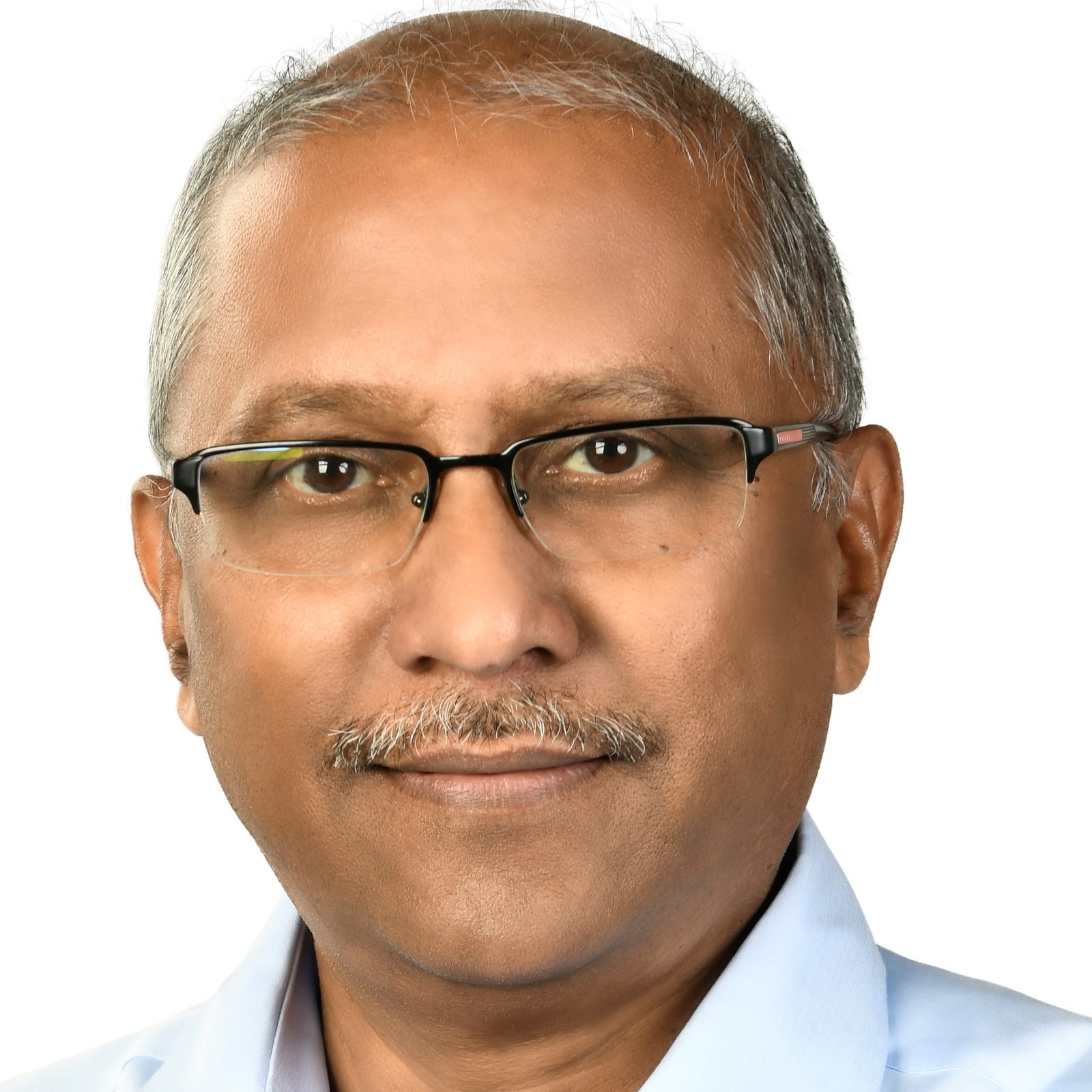 பாலசுப்ரமணியம் முத்துசாமி | Balasubramanian Muthusamy
பாலசுப்ரமணியம் முத்துசாமி | Balasubramanian Muthusamy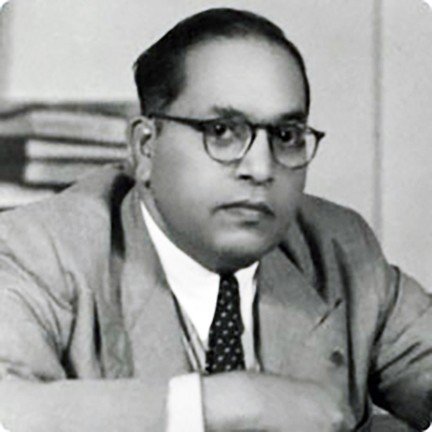 பி.ஆர்.அம்பேத்கர்
பி.ஆர்.அம்பேத்கர்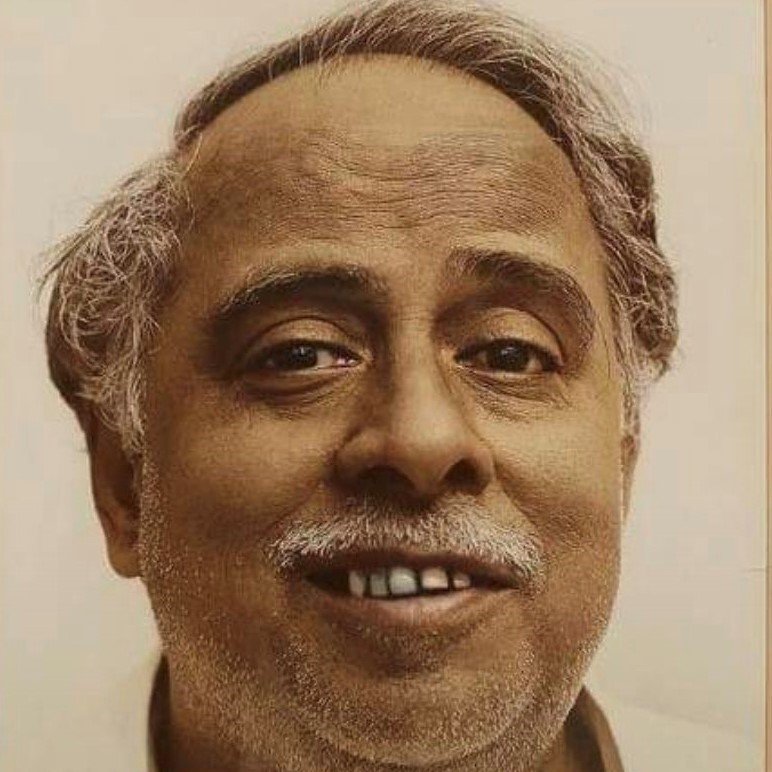 சி.என்.அண்ணாதுரை
சி.என்.அண்ணாதுரை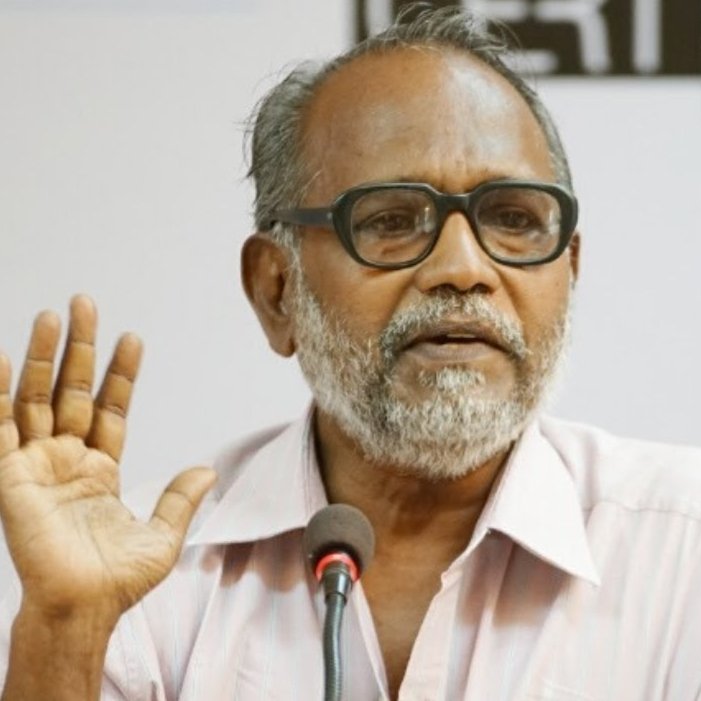 ஞான. அலாய்சியஸ்
ஞான. அலாய்சியஸ் பிடிஆர் பழனிவேல் தியாகராஜன்
பிடிஆர் பழனிவேல் தியாகராஜன்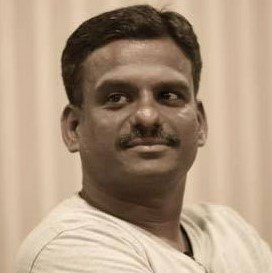 சமஸ் | Samas
சமஸ் | Samas
கல்லிங்கரை கருணாநிதி 8 months ago
மதிப்பிற்குரிய ஆசிரியருக்கு வணக்கம் பாலசுப்பிரமணியம் முத்துசாமி அவர்களின் Aravind Eye care – A Gandhian Business Model - என்ற கட்டுரை வாசிப்பதற்கும் காந்தியின் பொருளாதார அம்சங்களை கட்டுரை வழியே புரிந்து கொள்ள முடிகிறது. இந்த கட்டுரையை அழகிய தமிழில் மொழி பெயர்த்து அருஞ்சொல்லில் வெளியிட்டால் மிக நன்றாக இருக்கும். பொருளாதாரம் - நிறுவனம் சார்ந்த அறிவை தாய்மொழியில் அறிந்து கொள்ள ஏதுவாக இருக்கும். கட்டுரையின் ஆசிரியருக்கு வாழ்த்துகளும் பாராட்டுகளும் உரித்தாகுக. அருஞ்சொல்லுக்கு பாராட்டுகள் மிக்க நன்றி
Reply 0 0
Login / Create an account to add a comment / reply.